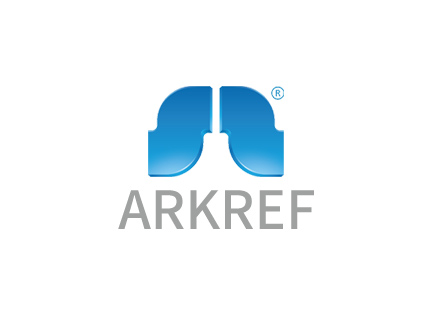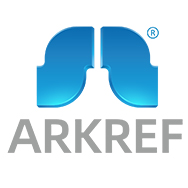How to choose a water chiller that fits you
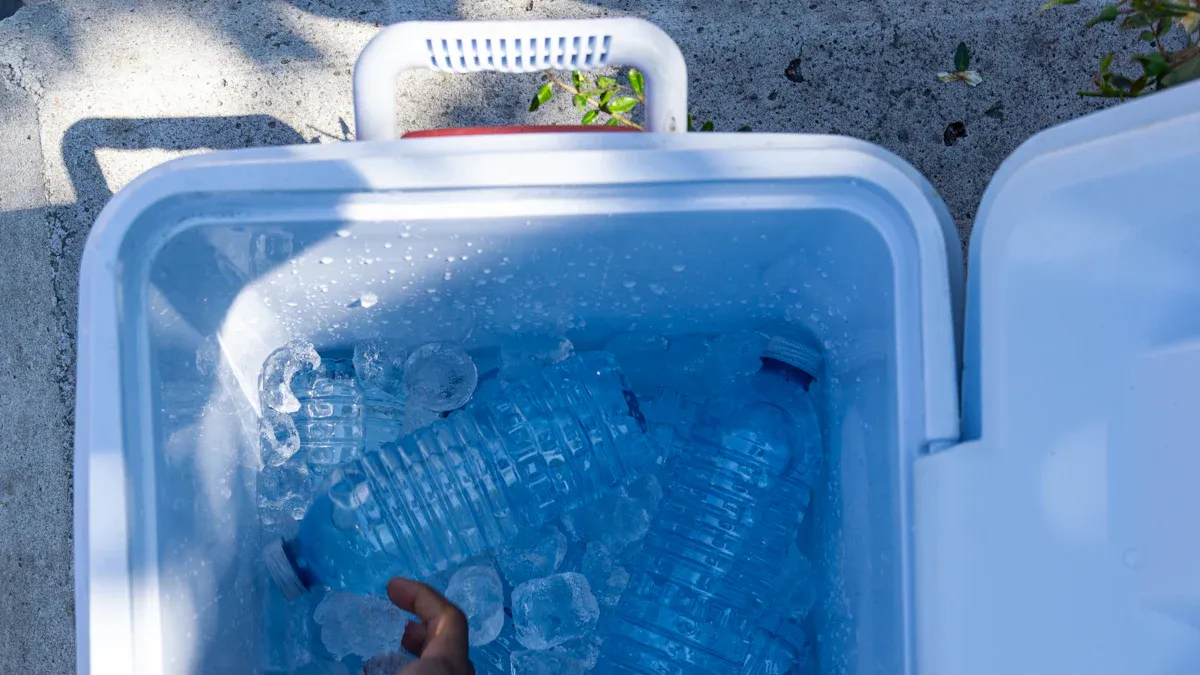
Finding the right water chiller starts with knowing what you need to cool. Think about your setup. Do you have a small aquarium or a big plunge tub? Maybe you need something for an industrial job. Focus on how much water you want to cool and how cold you want it to get. Pay attention to energy use, size, and extra features. The best water chiller fits your space and your goals.
Key Takeaways
Find out how much water you have and what temperature you want. This helps you pick a chiller that cools your water the right way. - Pick the best chiller type for your setup. Use an air-cooled chiller for small setups. Use a water-cooled chiller for big jobs. Use special chillers if you have special needs. - Make sure the chiller size matches your setup. If it is too big, you waste energy. If it is too small, it will not cool well. - Choose chillers that save energy and have smart controls. This helps you spend less money and use less power. - Take care of your chiller often. Clean the filters and look for problems. This helps your chiller work well and last longer.
Cooling Needs
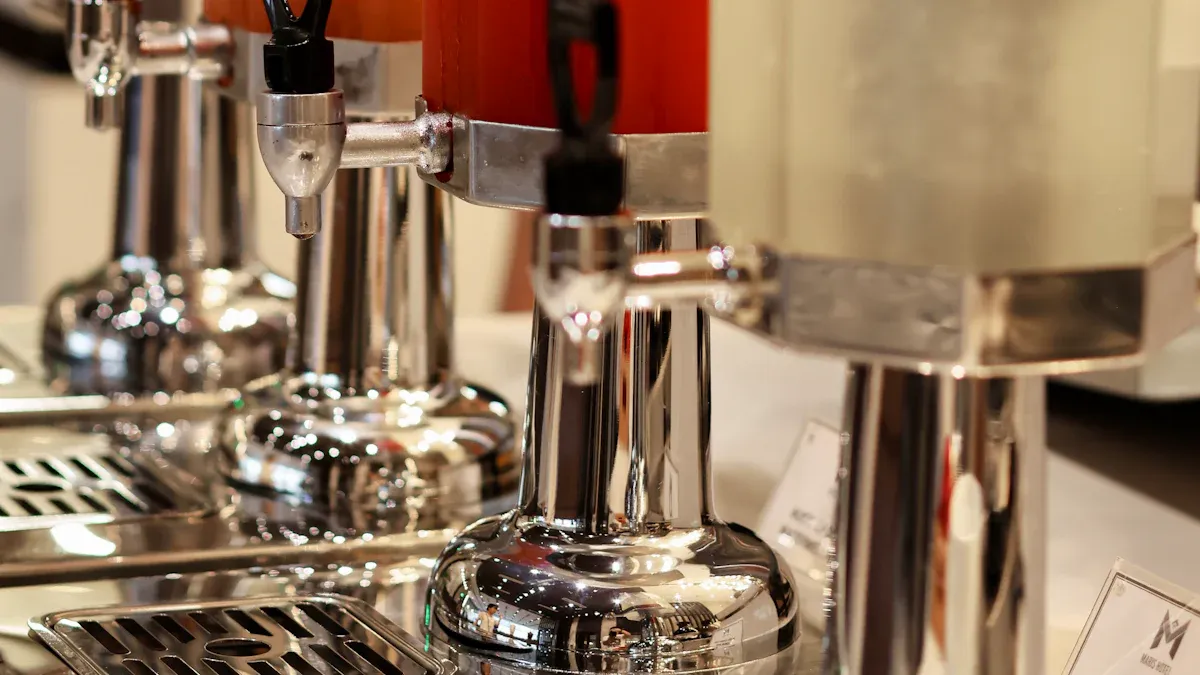
Water Volume
Start by figuring out how much water you want to cool. This step matters for everyone, whether you have a small fish tank, a plunge tub, or a big industrial tank. The size of your setup tells you how strong your water chiller needs to be.
For a home aquarium, check the number of gallons or liters.
For a plunge bath, measure the tub’s total water capacity.
For industrial use, look at the full tank size or process volume.
Tip: Write down the exact water volume. This number helps you pick the right chiller and avoid buying one that is too weak or too powerful.
If you skip this step, your chiller might not keep up with your cooling needs. You could end up with water that gets too warm or a chiller that works too hard and breaks down.
Temperature Control
Next, think about your desired temperature. Ask yourself, “How cool do I want my water to be?” Some fish need steady, cool water. Plunge tubs feel best at a certain chill. Industrial processes often need tight control over temperature.
Decide how many degrees you want to drop from your starting temperature.
Stable temperature is key. Fluctuations can stress fish, make plunge baths uncomfortable, or mess up industrial work.
If your water heats up more than 2°C each day, fans probably won’t cut it. A water chiller gives you better cooling and keeps things steady.
Remember: Good temperature control means happier fish, better plunges, and smoother operations.
Chiller Types
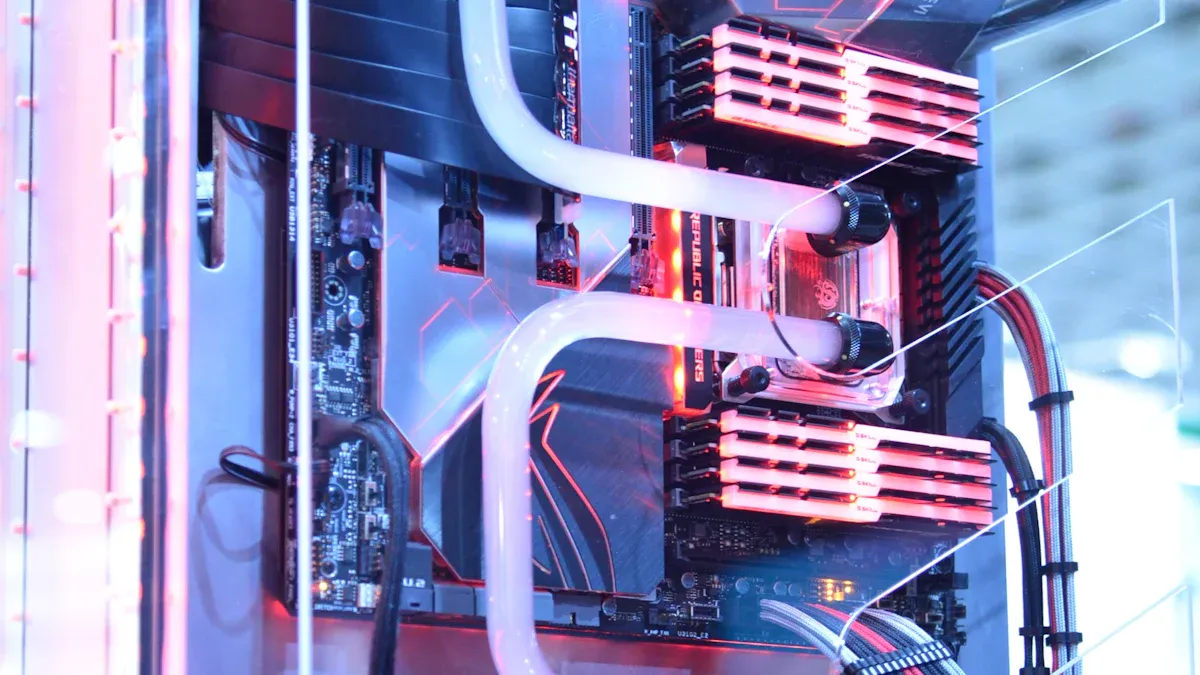
When you look for a water chiller, you will see a few main types. Each one works best in different places and for different jobs. Let’s break them down so you can find the right fit for your cooling needs.
Air-Cooled
Air-cooled chillers use fans to move heat away from your water. You do not need extra water to run them, so they work well where water is hard to get. These chillers are common for home aquariums, plunge tubs, and small setups.
Use no water directly, so they save water.
Often use more electricity than water-cooled models.
Some designs use evaporative cooling, which can use water.
Good for places with limited water supply.
Tip: If you want a simple setup and do not want to worry about water use, air-cooled chillers are a solid choice.
Water-Cooled
Water-cooled chillers use water to carry heat away. They work best in big jobs like factories, data centers, or large plunge pools. These chillers are more energy efficient and use less power than air-cooled types.
Handle large cooling loads with ease.
Use less electricity, so you save on power bills.
Need a steady water supply, which can be a problem in dry areas.
Compact design fits tight spaces.
Note: Water-cooled chillers often lead the way in industrial cooling because they are efficient and reliable.
Specialized Chillers
Specialized chillers include types like glycol chillers, split systems, and all-in-one units. Some use special fluids or direct-to-chip cooling for high-tech jobs. These chillers work well for unique needs, such as server rooms or advanced aquariums.
Reduce water use compared to older air-cooled systems.
Use special fluids for better heat removal.
Cost more at first but save energy over time.
Fit well in places where water is scarce or space is tight.
If you need smart features, like real-time monitoring or energy-saving controls, look for chillers with IoT or advanced settings.
No matter which type you choose, think about your space, water supply, and how much cooling you need. The right water chiller will keep your setup running smoothly.
Selection Criteria
Sizing the Best Water Chiller
You want your water chiller to match your setup. If you pick a unit that is too small, your water will not stay cool. If you pick one that is too big, you waste money and energy. The best way to size your chiller is to look at your water volume and how much heat you need to remove. Scientists have tested this by changing the amount of water flowing through a chiller. They found that when you open the valve more, the chiller removes more heat. The temperature drops faster, but the relationship is not always a straight line. Sometimes, a small change in water flow makes a big difference in cooling. You can use the formula Q = m * c * ΔT, where Q is the heat removed, m is the water flow, c is the specific heat of water, and ΔT is the temperature drop. This helps you figure out the right cooling capacity for your needs.
Tip: Always check your tank or tub size and use a chiller that matches your water volume. If you are not sure, ask the supplier for help.
Energy Efficiency
You want a water chiller that cools well but does not use too much power. Look for models with high energy efficiency ratings. These chillers save you money on your electric bill and help the planet. Some chillers have smart controls that let you set timers or adjust cooling levels. This means you only use energy when you need it. Over time, an efficient chiller costs less to run, even if it costs more to buy.
Check for energy-saving features like variable speed fans or compressors.
Look for programmable settings to control when the chiller runs.
Read the energy label before you buy.
A more efficient chiller keeps your water cool and your wallet happy.
Noise & Space
Think about where you will put your water chiller. Some models make a lot of noise, which can bother you or your pets. Others run quietly and fit in small spaces. If you live in an apartment or have your chiller near a bedroom, pick a quiet model. All-in-one units take up less space and are easy to move. Split systems need more room but can be quieter if you put the noisy part outside.
Chiller Type | Noise Level | Space Needed | Best For |
|---|---|---|---|
All-in-one | Low-Med | Small | Homes, small tanks |
Split system | Low | Medium-Large | Large tubs, outdoors |
Industrial | High | Large | Factories, big setups |
Note: Always measure your space before you buy. Make sure you have room for air to flow around the chiller.
Water Quality Compatibility
Not all water chillers work with every type of water. Some water has salt, chemicals, or minerals that can damage the chiller. If you have saltwater or use special additives, look for chillers made with strong materials like stainless steel or titanium. These materials resist rust and last longer. Good compatibility means your chiller will not break down early.
Ask if the chiller works with your water type.
Check what materials touch the water.
Look for models made for saltwater or chemical use.
Picking the right material keeps your water chiller running strong.
Maintenance
Every water chiller needs care to work its best. Some models have filters you can clean or replace. Others have built-in systems that keep the water clean. Easy maintenance saves you time and trouble. Look for chillers with clear instructions and parts you can reach. Some brands sell kits to help you clean or fix your chiller.
Clean filters and coils often.
Check for leaks or strange noises.
Follow the manual for regular checks.
Good maintenance means better reliability and build quality. Your chiller will last longer and work better.
Budget & Value
Upfront vs. Long-Term Cost
When you shop for a water chiller, you might notice a big range in prices. Some chillers cost less at first, but they may use more energy or need repairs sooner. Others cost more up front, but they save you money over time. You want to look past the price tag and think about the total value.
Upfront Cost: This is the price you pay when you buy the chiller. Cheaper models can look tempting, but they might not last as long.
Long-Term Cost: This includes your energy bills, maintenance, and possible repairs. Efficient chillers often use less power and break down less often.
Tip: Try to estimate how much you will spend on electricity each month. Add that to the price of the chiller. Sometimes, a higher-priced chiller pays for itself in a year or two.
Here’s a quick table to help you compare:
Chiller Type | Upfront Cost | Energy Use | Expected Lifespan |
|---|---|---|---|
Basic Air-Cooled | Low | High | 3-5 years |
Efficient Model | Medium | Low | 5-10 years |
Industrial Grade | High | Low | 10+ years |
You want to pick a chiller that fits your budget now, but also saves you money later.
Warranty & Support
A good warranty can save you from headaches. If your chiller breaks, you want help fast. Some brands offer better support than others. Always check the warranty before you buy.
Look for at least a one-year warranty. Longer is better.
Ask if the company has local service or easy-to-reach support.
Find out what the warranty covers. Does it include parts and labor?
If you have questions, call the company or check their website. Good support means you can relax and enjoy your cool water.
You deserve peace of mind. A strong warranty and helpful support team make your investment safer and smarter.
Choosing the Best Chiller
Compare Models
You want to find the best water chiller for your needs. Start by making a list of models that fit your setup. Look at the cooling power, size, and special features. Some chillers have digital displays or smart controls. Others focus on quiet operation or easy cleaning. Make a table to compare the main points. This helps you see which one stands out.
Model Name | Cooling Power | Noise Level | Features | Price |
|---|---|---|---|---|
Model A | High | Low | Smart Controls | $ |
Model B | Medium | Medium | Easy Cleaning | $ |
Model C | Low | Low | Compact Size | $ |
Tip: Pick the best chiller that matches your water volume and fits your space.
Ask Suppliers
Before you buy, talk to the supplier. Ask questions to make sure you get the best chiller for your situation. Here are some things you might ask:
Is this model safe for my type of water?
Does it have explosion-proof features?
How much energy does it use?
What is the warranty?
Can I get replacement parts easily?
You can also ask about installation and support. Good suppliers help you feel confident about your choice.
Reviews & Recommendations
Check what other people say about the models you like. Read reviews on trusted websites. Ask friends or online groups for their picks. People who use the best water chiller often share tips about setup and care. Look for comments about noise, reliability, and customer service.
Note: The best chiller for someone else might not be right for you. Use reviews as a guide, but trust your own needs.
Choosing the right water chiller feels easy when you break it down. First, figure out your water volume and cooling needs. Next, compare chiller types and features. Check energy use, noise, and maintenance. Always match the chiller’s size to your setup. Use these tips to make a smart choice. If you have special needs, talk to a manufacturer or expert. You deserve cool water that fits your life!
FAQ
How do I know what size water chiller I need?
Check your water volume first. Use the formula Q = m * c * ΔT to estimate cooling needs. If you feel unsure, ask the supplier for help. You want a chiller that matches your setup, not one that is too big or too small.
Can I install a water chiller by myself?
You can install many small chillers yourself. Just follow the manual step by step. For bigger or industrial models, you might need a pro. If you get stuck, call customer support. Safety comes first!
How often should I clean my water chiller?
Clean your chiller every month for best results. Check filters and coils. If you see dirt or hear strange noises, clean it sooner. Regular cleaning keeps your chiller running smoothly and helps it last longer.
What should I do if my chiller makes loud noises?
Tip: Turn off the chiller and check for loose parts or dirt. Sometimes, cleaning or tightening screws fixes the problem. If the noise stays, call support. Don’t ignore strange sounds.
Will a water chiller work with saltwater?
Yes, but you need the right materials. Look for chillers with stainless steel or titanium parts. These resist rust and last longer in saltwater. Always check the product details before you buy.
See Also
A Practical Guide To Choosing Industrial Water Chillers
Proven Strategies To Maximize Walk-In Chiller Performance
How Water Chiller Units Work And What To Know
